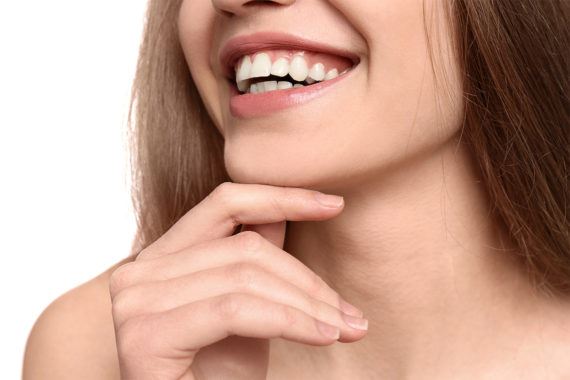 What is Occlusion?
What is Occlusion?
Occlusion (or bite) is how your teeth come together when you close your jaw. Your bite is influenced by three main factors: (1) teeth, (2) nerves and muscles, and (3) bones. Your posture can also influence the way your teeth come together when you close. For example, when you tilt your head back and bite, your teeth will come together differently than when you tilt your head forward and bite. The lower jaw also tends to shift when you are lying down on your side. In an ideal Occlusion, there is no overbite, underbite, or crossbite. All the teeth should come into proper contact when repeatedly opening and closing. An ideal bite or occlusion also has the canine teeth (pointed corner teeth) sliding gently against each other as the jaw slides out to one side, causing the back teeth do not to touch.
What Are the Signs of a Poor Occlusion or Bite?
Some of the possible signs that your bite may not be right are:
- Wear facets or indentations on the chewing surfaces of the teeth.
- Receding gums
- Erosion or notching of the root surfaces (abfractions)
- Cracked or fractured teeth
- Thinning and chipping of the front teeth causing them not to touch
- Pain in the joint and muscles (TMJ pain)
- Loss of enamel on the chewing surfaces of the back teeth
- Clenching or grinding of the teeth
What Factors Can Contribute to Developing an Improper Bite or Occlusion?
There are many clues that can indicate early on that a poor occlusion or bite is developing. Among these are when baby teeth are over-retained, which can prevent the normal eruption of the adult teeth, causing spacing or drifting of the adjacent teeth. The crowding of lower teeth can indicate that there is an inadequate length of the lower jaw, and a constricted palate can become an issue if not treated with palatal expansion early on. Thumb sucking or abnormal swallowing patterns can result in an anterior open bite.
What Are the Consequences of Having a Poor Occlusion or Bite?
An improper bite or malocclusion can have detrimental effects on the mouth and the body as a whole. This poor occlusion can cause one to clench and grind their teeth (bruxism), which can result in the loss of enamel, causing teeth to become more sensitive and causing the eventual need for root canal therapy and crowns. When tooth structure is lost, the bite collapses, resulting in the face developing an older appearance. Grinding can also cause teeth to fracture and can cause mobility of the teeth. When the bite is off, the muscles and joints can become strained, resulting in TMJ problems and jaw pain. When this happens neck problems and headaches can arise, and one’s posture can become affected. Keep in mind that a lot of force can be exerted by the chewing muscles. Normal chewing places about 68 lbs/sq inch of pressure on the back teeth. If you intentionally clench your teeth you may increase that force to about 150 lbs/sq inch. However, an individual who clenches and grinds their teeth subconsciously at night can place up to 1200 lbs/sq inch of force.
What Do You Do to Help Treat Teeth That Get Translucent at the Tip Due to Lost Enamel?
First, you must determine why your teeth are getting more translucent at the top edges. Are they getting translucent as a result of grinding? If so, then a nightguard would be indicated to prevent further wear. Are the teeth becoming translucent as a result of some para-functional habit such as nail-biting or chewing on pen caps? Perhaps it is determined that your bite (occlusion) has certain interferences due to crowding, cross-bite, or poorly done restorations, etc. There are times when full mouth reconstruction may become indicated to help open up a collapsed bite to allow for room to repair the translucent areas that resulted from excessive wear. Adding material to translucent areas without making room for it will only result in further grinding or fracture.

